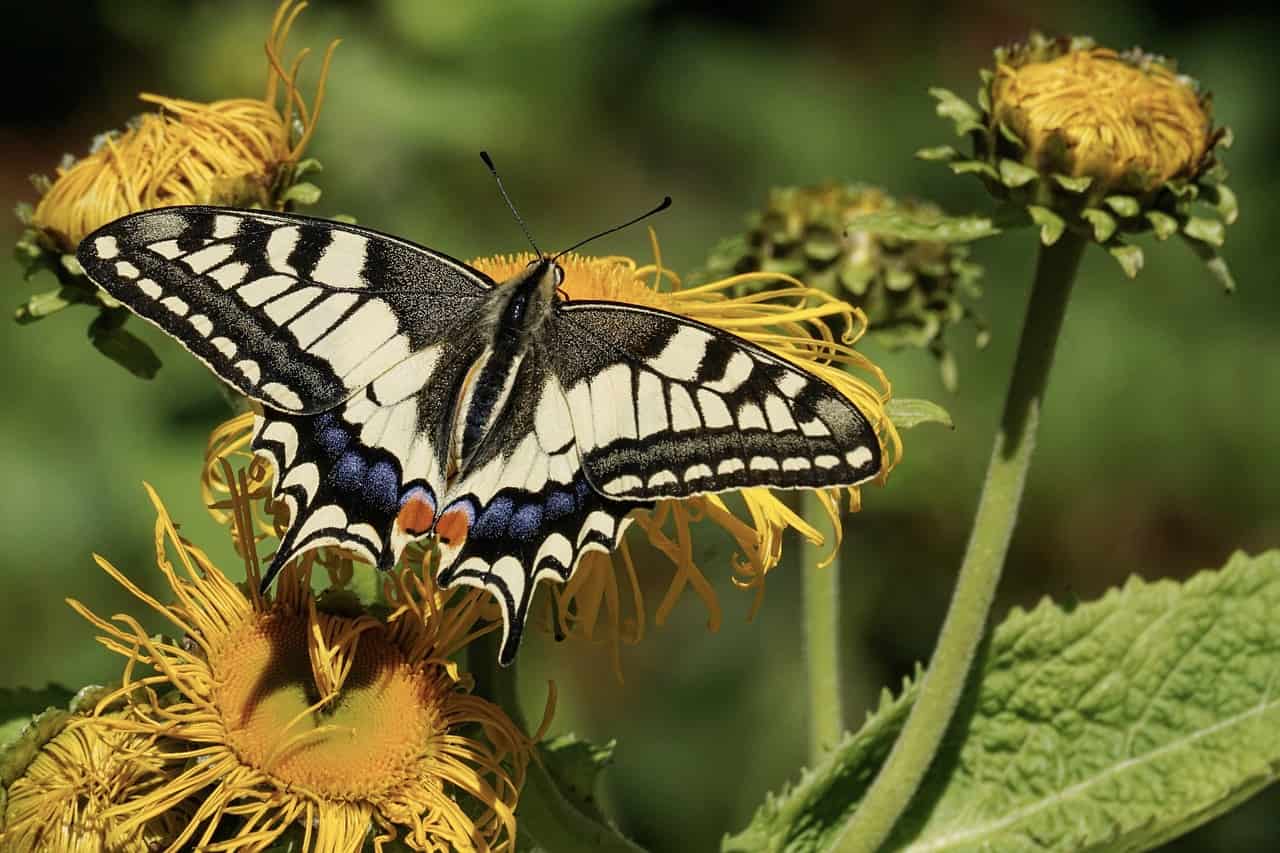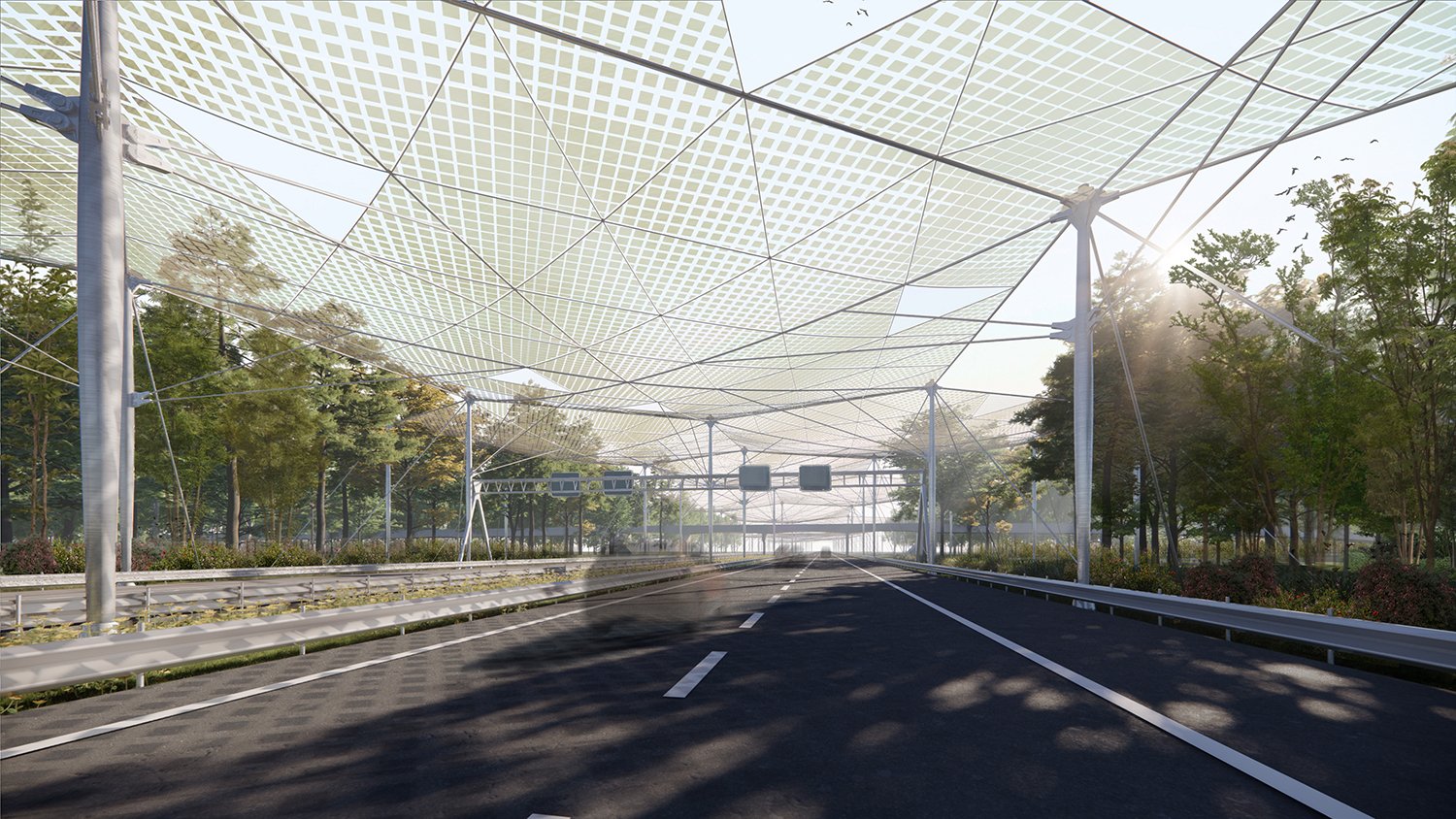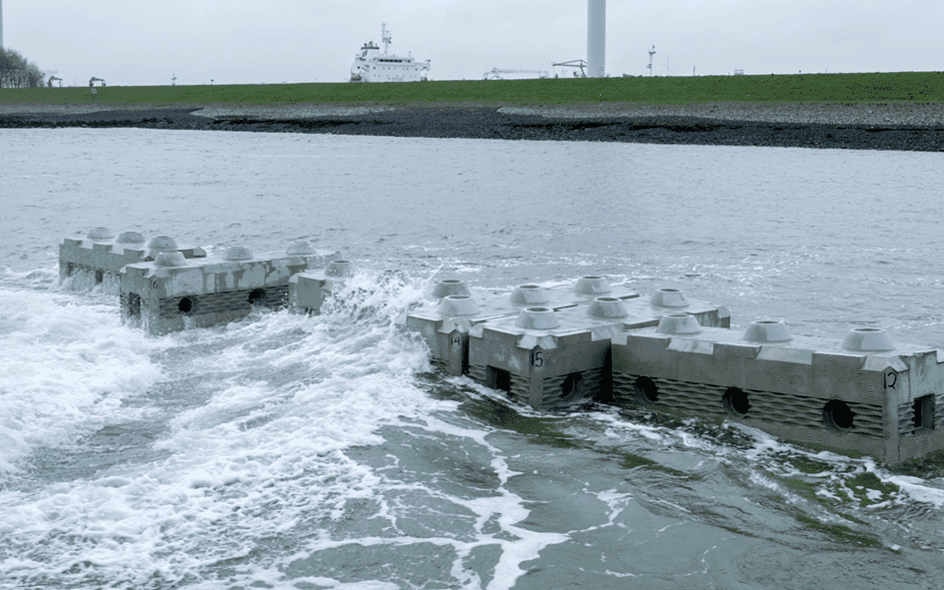
Shrinking biodiversity is a much-discussed topic. The number of pollinators, such as bees and butterflies, is declining rapidly, and so is the number of plant species. Biodiversity in water is also falling. Technological solutions can help restore nature. Here are some promising solutions.
Monitoring hives
Honey bees pollinate eighty percent of all flowering plants in the world. This means they have a significant impact on biodiversity and the production of our food. ApisProtect remotely monitors hives. It works like this: a sensor, the size of an iPhone, is placed in a beehive. It detects the hive’s temperature, humidity, sounds, and movement. Machine learning converts this into useful information.
CEO and co-founder Fiona Edwards Murphy explains how the innovation can be applied. “ApisProtect works with larger organizations, multinationals, and corporations on their biodiversity programs. We help them understand their bee populations and the role of pollinators within biodiversity. We also help them educate their stakeholders and their employees in the public about the importance of bees and other pollinators.”

The Butterfly Effect
Flies, butterflies, bees, and other winged creatures have great difficulty crossing highways. VenhoevenCS, DS landscape architects, and Studio Solarix designed an ultra-light net to be installed over a road that runs through the Strabrechtse Heide – a nature reserve in the Dutch region of North Brabant. The net restores natural wildlife corridors while generating renewable energy.

Reef blocks
Biodiversity can also be given a helping hand in the water. Seventeen Reefy recently installed seventeen reef blocks in the Meuse River. The goal is to improve biodiversity in the water while protecting against flooding and making the waterfront more attractive. Reefy’s innovation consists of massive “Lego-like” blocks designed hydrodynamically.
Expected to be more durable than traditional structures, these modular, artificial reefs can more effectively hold river banks in place and protect against ship waves.

Artificial dunes
Artificial dunes can also promote biodiversity. Consider, for example, the construction of dunes in front of dikes. These protect us from flooding and provide a pleasant environment for recreation, so it is also an ideal place where nature can take its course undisturbed.
Although these dunes are a good solution, they require large amounts of sand. However, sand resources in the North Sea are rapidly depleting. Sand extraction also has an impact on the marine ecosystem. SUSANA (sustainable use of sand in nature-based solutions) will examine whether these drawbacks still outweigh the benefits of the dunes.

